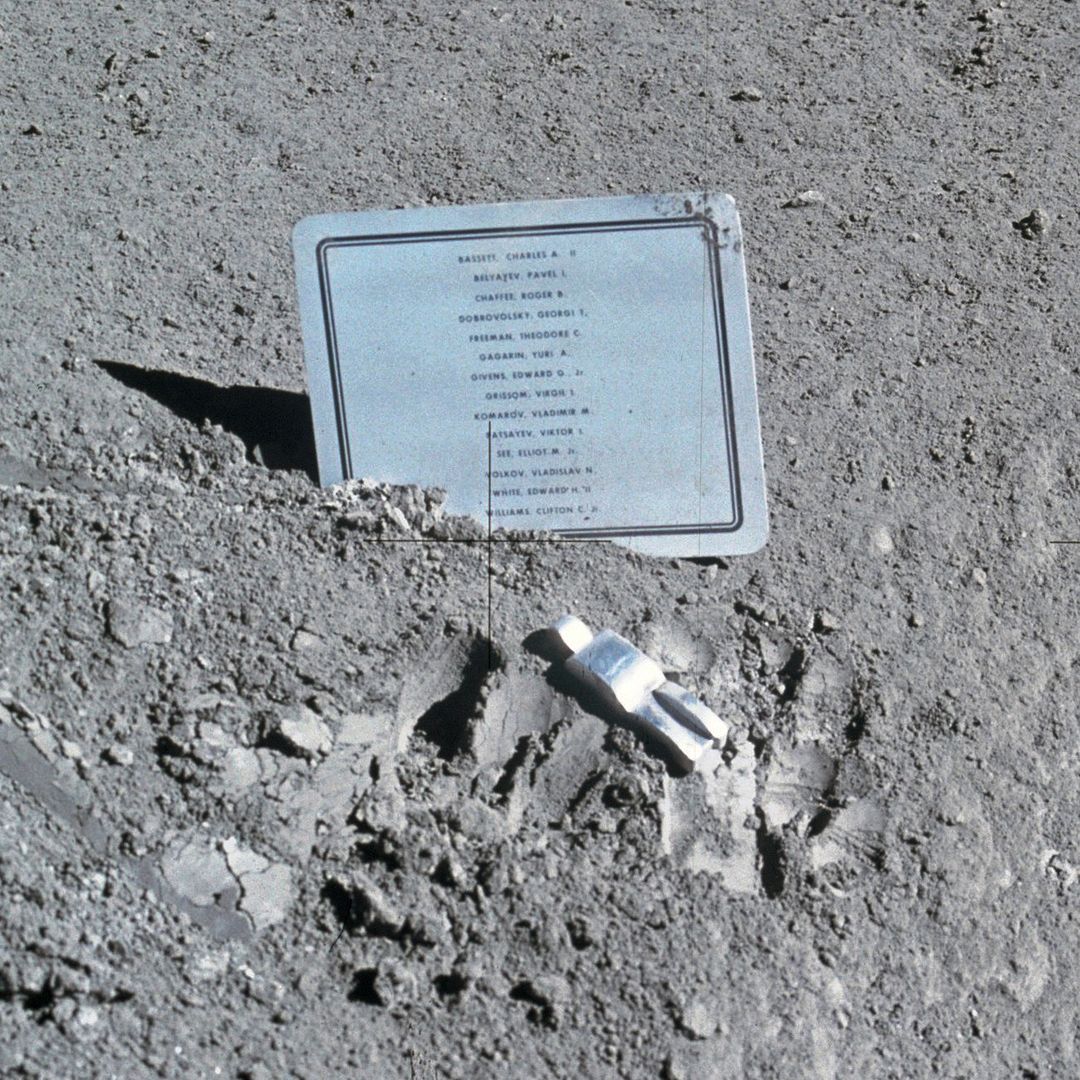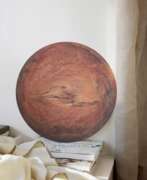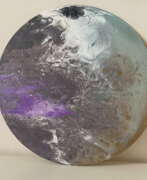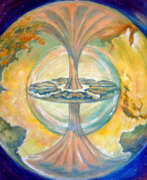Space art

Space art
Space art, a genre focusing on the universe, has evolved remarkably over centuries, becoming a vital tool in visualizing and promoting space exploration. Early depictions, like Albrecht Dürer's first perspective drawing of Earth as a globe in 1515, laid the foundation for this unique art form. It gained momentum in the 19th century with artists like Étienne Léopold Trouvelot and James Nasmyth creating influential works based on astronomical subjects and lunar landscapes.
In the 20th century, space art witnessed a significant transformation. Chesley Bonestell's 1944 paintings of Saturn, featured in Life magazine, brought astronomical art to a broad audience, influencing future space exploration narratives. The Hayden Planetarium Symposium in 1952 and subsequent space flight articles in Colliers magazine, illustrated by Bonestell and others, further popularized the genre.
NASA's Artist’s Cooperation Program, initiated in 1962, played a pivotal role in integrating art with space missions. Artists like Mitchell Jamieson and James Wyeth provided unique human perspectives to space exploration, capturing moments like Project Mercury and the launch of Gemini IV. This program highlighted the cultural significance of space exploration, offering narratives beyond traditional media coverage.
Today, space art continues to evolve, with artists like Ron Miller and Michael Carroll using both traditional and digital media to explore themes like the solar system and hypothetical space habitats. Their works not only document significant aerospace events but also fuel public imagination and interest in space exploration. This Second Golden Age of space exploration, marked by advancements in commercial spaceflight and ambitious extraterrestrial missions, continues to inspire artists to create compelling visions of the cosmos, blending science and art to expand our understanding and appreciation of the universe.
For collectors, auctioneers, and art and antiques experts, space art offers a unique blend of artistic skill, scientific knowledge, and imaginative exploration of the cosmos. If you're interested in staying updated on new product sales and auction events related to space art, consider signing up for updates. This subscription focuses exclusively on space art, ensuring you stay informed about the latest developments and opportunities in this fascinating field.
| Start of the period: | 1960 |
|---|







